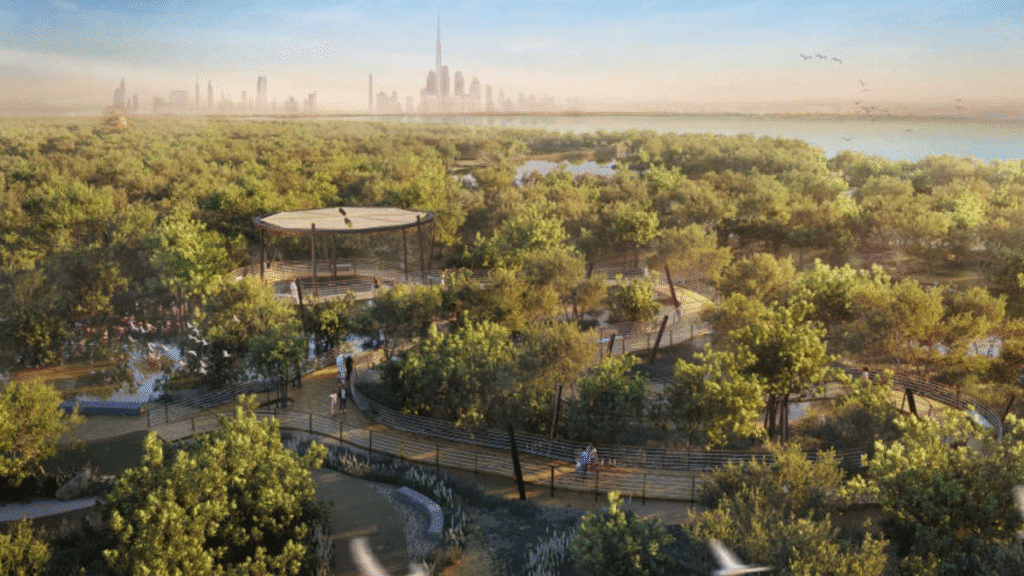Dubai’s iconic Ras Al Khor Wildlife Sanctuary has temporarily closed its gates to visitors as the city embarks on a Dh650-million development project aimed at transforming and modernizing the area. The move has sparked a mixture of excitement and concern among residents, environmentalists, and wildlife enthusiasts.
In this article, we will explore why Dubai decided to close the Ras Al Khor sanctuary, what the development project entails, how it will impact wildlife, and what this means for the future of conservation efforts in the emirate.
The story behind Ras Al Khor sanctuary closure
Ras Al Khor Wildlife Sanctuary is one of Dubai’s most unique and treasured natural sites. Nestled just a few kilometers from the bustling Downtown Dubai area, it offers a rare glimpse into the region’s rich biodiversity. Home to over 450 species of wildlife, including the famous flocks of pink flamingos, it has long served as a peaceful haven for both animals and visitors looking for a break from city life.

Dubai Municipality officially announced the Ras Al Khor sanctuary closure in June 2025, stating that the sanctuary will remain shut for an undefined period while the Dh650-million redevelopment takes place. The decision came as part of the city’s broader vision to enhance green spaces and eco-tourism opportunities while upgrading facilities to meet international standards.
What is the Dh650-million development project?
According to Dubai officials, the new project aims to transform Ras Al Khor into a world-class eco-tourism destination. Here’s what the Dh650-million redevelopment will include:

- Upgraded visitor facilities: New viewing platforms, eco-friendly walkways, and educational centers.
- Enhanced habitat zones: Improvements to water channels, mudflats, and lagoons to support migratory birds and local species.
- Interactive experiences: Augmented reality zones, guided tours, and learning workshops focusing on environmental awareness.
- Sustainable design: Solar-powered buildings, green roofs, and minimal-impact construction methods.
Authorities believe that the development will attract more tourists and raise awareness about the importance of conservation while offering new recreational and educational activities to residents and visitors alike.
Impact of Ras Al Khor sanctuary closure on wildlife
While the project promises to bring long-term benefits, the temporary Ras Al Khor sanctuary closure has raised serious concerns about the immediate impact on wildlife.
Environmental experts worry that construction noise and changes to the sanctuary’s landscape could disrupt bird migration patterns and threaten delicate ecosystems. The flamingos, in particular, are highly sensitive to disturbances and rely on the sanctuary’s mudflats for feeding during their seasonal migrations.
Dubai Municipality has assured the public that extensive environmental studies were conducted before announcing the closure. They have also promised to implement strict measures to protect wildlife during construction, including:
- Restricting heavy machinery to specific zones.
- Limiting work to non-breeding seasons.
- Creating temporary safe areas for birds and other animals.
- Continuous monitoring by wildlife specialists.
Despite these precautions, many environmental activists have called for greater transparency and independent oversight to ensure that conservation remains the top priority.
Why is Ras Al Khor so important?
The Ras Al Khor sanctuary is often referred to as “Dubai’s green lung.” Beyond its natural beauty, it plays a critical role in maintaining biodiversity in the region.
Key reasons for its importance include:
- Migratory bird stopover: Ras Al Khor is part of the East Africa–West Asia Flyway, a major migratory route for birds traveling between Africa and Eurasia.
- Flamingo habitat: Hundreds of flamingos gather here each winter, making it a spectacular attraction and a vital feeding ground.
- Educational value: The sanctuary has long been a living classroom for students and researchers studying ecology and environmental science.
- Urban balance: Situated near one of the world’s busiest urban centers, the sanctuary offers a rare coexistence of wildlife and modern city life.
Dubai’s vision: Balancing development and conservation

Dubai has always been known for its ambitious mega-projects and rapid urban development. From the towering Burj Khalifa to the artificial Palm Jumeirah islands, the city constantly pushes the boundaries of what is possible. However, this growth has also led to challenges related to sustainability and environmental preservation.
The Dh650-million development at Ras Al Khor is seen by officials as part of a new chapter in Dubai’s approach—one that seeks to integrate green initiatives and conservation efforts into the city’s expansion plans.
Dubai’s leadership has expressed their desire to position the city as a global leader in environmental stewardship. Initiatives like the Dubai 2040 Urban Master Plan emphasize creating more nature reserves and green corridors, improving air quality, and ensuring that natural habitats are preserved alongside economic growth.
Reactions from the community
The announcement of the Ras Al Khor sanctuary closure has sparked a wide range of reactions from Dubai residents and international observers.
Positive views
Many residents and business leaders have welcomed the redevelopment as a step toward making Dubai more attractive for eco-tourism and education. They argue that modern facilities and improved access will help more people appreciate and support conservation efforts.
Local tourism operators are also optimistic, expecting a boost in eco-tourism once the sanctuary reopens with its upgraded attractions. Schools and universities have shown interest in new educational opportunities, such as on-site workshops and research facilities.
Concerns and criticisms
On the other hand, conservation groups and nature lovers have voiced worries over potential long-term impacts on wildlife. Some fear that even temporary disturbances could result in birds permanently abandoning the sanctuary. Others criticize the lack of detailed, publicly available environmental impact assessments.
Activists have also questioned whether commercial interests might outweigh environmental priorities in the final design and implementation of the project.
What will happen to the flamingos?
One of the biggest questions arising from the Ras Al Khor sanctuary closure is: What will happen to the flamingos?
These iconic birds are among the sanctuary’s biggest attractions, drawing photographers, birdwatchers, and tourists from around the world. Dubai Municipality has stated that special measures will be taken to protect the flamingos during construction. Plans include creating temporary feeding lagoons and providing alternative safe zones to ensure the birds continue to visit the area.
Experts say that flamingos are resilient but can also be unpredictable if they feel threatened. Maintaining suitable food sources and minimizing human and machine disturbances will be critical to keeping them in Dubai during this transitional period.
A look at global examples
Dubai is not the first city to face challenges balancing urban growth with wildlife conservation. Other global examples provide valuable lessons:
- Singapore: Known for its “City in a Garden” concept, Singapore has successfully integrated green spaces and wetlands into urban areas, attracting wildlife while supporting tourism.
- London Wetland Centre: Created on reclaimed industrial land, this urban sanctuary has become a model for city-based conservation projects.
- New York’s Jamaica Bay: Efforts here have focused on habitat restoration and community education to protect migratory birds and marine life.
Learning from these examples, Dubai’s planners hope to set a new benchmark in sustainable development in the Middle East.
Future of eco-tourism in Dubai
With the Ras Al Khor sanctuary closure and its upcoming redevelopment, Dubai is making a bold statement about its commitment to eco-tourism. The emirate has already introduced other environmental initiatives, such as:
- Al Marmoom Desert Conservation Reserve.
- The Dubai Turtle Rehabilitation Project.
- Extensive green corridor plans under the 2040 Master Plan.
The redeveloped Ras Al Khor sanctuary could become a centerpiece of Dubai’s eco-tourism strategy, attracting visitors who are increasingly looking for meaningful and environmentally responsible travel experiences.
What visitors can expect after reopening

When the sanctuary eventually reopens, visitors can look forward to a range of new features designed to enhance their experience while promoting environmental awareness. Expected highlights include:
- State-of-the-art observation towers with telescopes and educational displays.
- Interactive AR (Augmented Reality) and VR (Virtual Reality) experiences showcasing migratory bird journeys.
- Improved pathways and accessible routes for people of all ages and abilities.
- Expanded guided tour options with local wildlife experts.
- New cafes and rest areas designed with eco-friendly materials and practices.
These additions aim to make Ras Al Khor more engaging without compromising its core mission of conservation.
How can residents support conservation efforts?
As Dubai embarks on this ambitious redevelopment, there is a growing need for community involvement. Here’s how residents and visitors can contribute:
- Stay informed: Follow official updates from Dubai Municipality to understand progress and any changes to conservation plans.
- Participate in programs: Join volunteer activities or educational workshops to learn more about local ecosystems.
- Advocate for wildlife: Support policies and organizations that prioritize environmental protection.
- Visit responsibly: When the sanctuary reopens, respect guidelines to minimize disturbance to wildlife.
Conclusion
The Ras Al Khor sanctuary closure marks a turning point for Dubai. The Dh650-million development project promises to transform the sanctuary into a world-class eco-tourism and education hub while preserving its role as a critical refuge for wildlife.
Yet, the move comes with significant challenges and responsibilities. Balancing the demands of urban development with the needs of fragile ecosystems is no easy task. Whether this ambitious project becomes a global example of sustainable city planning or a cautionary tale will depend on careful execution, transparent communication, and genuine commitment to conservation.
In the coming years, Ras Al Khor will stand as a symbol of Dubai’s evolving relationship with nature. The sanctuary’s future—and that of its flamingos—will be closely watched by the world.
By working together, Dubai’s government, residents, and conservationists have an opportunity to create a landmark that harmonizes urban ambition with nature’s quiet beauty.
Follow us on instagram: UAE STORIES
Read More: UAE Drowning Incidents: A growing concern for pool owners














